The primary aim of the Laos Elephant Festival is to raise awareness about the plight of endangered elephants. It also serves as a tribute to the ancient tradition of elephant domestication and the unique lifestyle of the mahouts. Through this festival, we hope to delve into the living conditions of elephants in Laos.
In the following article, we'll explore the challenges faced by these majestic creatures and the joint efforts of local authorities and various organizations working to safeguard this national icon.
The article titled "A Million Elephants' No More: Conservationists in Laos Rush To Save An Icon," authored by Ashley Westerman, has been featured on npr.org. The article delves into the urgent efforts made by conservationists in Laos to protect a significant icon that has faced a decline in numbers over time. Read on to discover the in-depth details of this crucial conservation endeavor.
Centuries ago, the kingdom that made up much of modern-day Laos was called Lan Xang. In English: "Land of a Million Elephants."
Yet while the Asiatic elephant may have endured as a cultural icon for the Lao People's Democratic Republic, the numbers tell a story of a species in crisis.
The Laos government and conservation groups estimate there are only about 800 elephants left in the country — 400 wild elephants, 400 in captivity.
"Both populations are not sustainable and are actually declining," says Anabel López Pérez, a biologist from Spain with the Elephant Conservation Center. "And the problems that they face, both populations, are completely different."

Two different populations, two different problems
The root of the decline in wild elephant numbers is deforestation, López says. Laos, which is notorious for over-deforestation thanks to demand for timber in neighboring China and Vietnam, only has about 40% of forest coverage today — down from 70% recorded in the 1950s. As the forests dwindle, that leads to habitat fragmentation, and the elephants are unable to follow normal migration patterns, she says. This leads to human-elephant conflict.
"So elephants go outside the forest ... and find human infrastructure and crops of the locals," López says. "They eat everything around and sometimes break infrastructures, and locals are not very happy with the situations."
Elephants in captivity face their own challenges. Even though Laos' government has placed tight restrictions on using elephants to transport wood for the logging industry, elephants in captivity are still dying in droves, says López. They're fed unhealthy diets and forced to work in poor conditions at elephant tourism camps, or they get injured and aren't taken care of properly, she says.
What's more is that elephant owners have little incentive to breed the animals in captivity, as a pregnancy would sideline a female elephant from working for up to four years, López says.
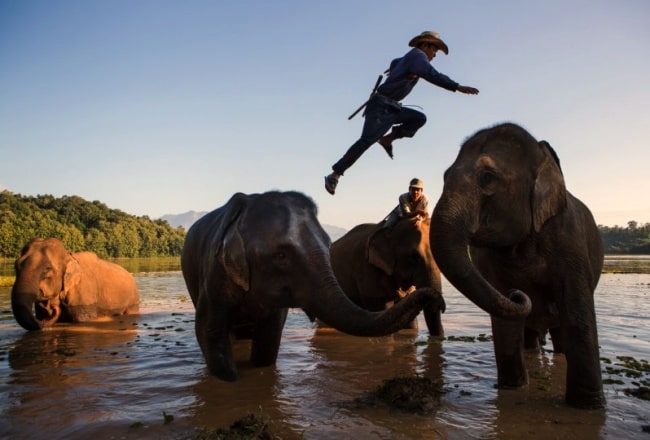
And no one really wants to employ male elephants — they're aggressive and tend to be more unpredictable than the females because of their hormonal changes.
"So we see more and more often, male elephants today die so the owners they can have an income and buy, sell these body parts," says López.
Poaching threatens both domesticated and wild populations of Asian elephant, which is classified as an endangered species. The demand for elephant body parts continues to rise from places like China and Myanmar, where skin and ivory are used in traditional medicine, she says.
Turning the tide
López is part of a team of conservationists at the Elephant Conservation Center trying to rehabilitate the elephant population in Laos. Established in 2010, it is the country's only conservation park.
Twenty-nine elephants — 20 females, nine males — live at the center near Xayaboury, a town in the northwestern part of Laos near the border with Thailand. Some of the elephants are government-owned and can be rented out for parades and government functions, while others belong to the conservation center. Many of the elephants formerly worked in Laos' robust logging industry.
López is in charge of the breeding program, whose goal is to breed the center's 29 captive elephants with their wild counterparts. There's also a nursery and hospital onsite, as well as plenty of lush, mountainous forest for the elephants to roam and watering holes in which to bathe.
The center's mahout training program aims to harness the elephant handlers' deep knowledge for conservation purposes. All mahouts who come to train and work at the center are Laos citizens, says guide Phongsavath Malaythong. He says the first people to take care of elephants in Lao were the Khmu, one of the country's three main ethnic groups.
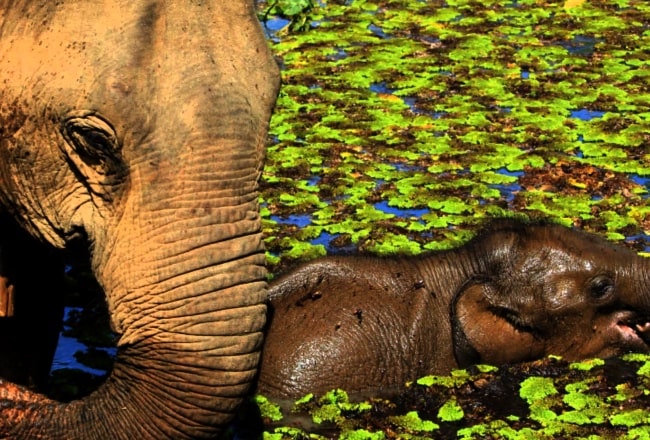
"The wild elephant is very important to Laos people ... because the elephant a long time ago is [revered] like a Buddha," says Malaythong, who has worked at the center for two years. Before that, he worked with the animals in various elephant tourism camps in and around Luang Prabang, a popular tourist destination city on the Mekong River over two hours away from the conservation center.
Elephants, he says, are still used widely in parades during holidays or religious celebrations in Laos. This deep cultural connection not only informs the mahouts' training, but also the willingness of ordinary Lao people, he says, to work with conservationists when there are clashes between humans and elephants.
"The Lao people, we go to contact them, we go to [talk] with them because the elephant is very important," Malaythong says.
People have even approached the center on their own to ask to work with them and the elephants, he says. He wishes more tourists would also come to the center to learn about the elephants. They're even hoping to train elephant guides who speak Chinese to help make their eco-friendly elephant experience more attractive to the droves of Chinese tourists coming into Laos.
"You come here to support because you don't pay this price to sleep in a simple bungalow, in bamboo," says site manager Anthony Philippe, from France. "So people who come here are already concerned about the situation. So, once they come here, it's because they want to see something different."
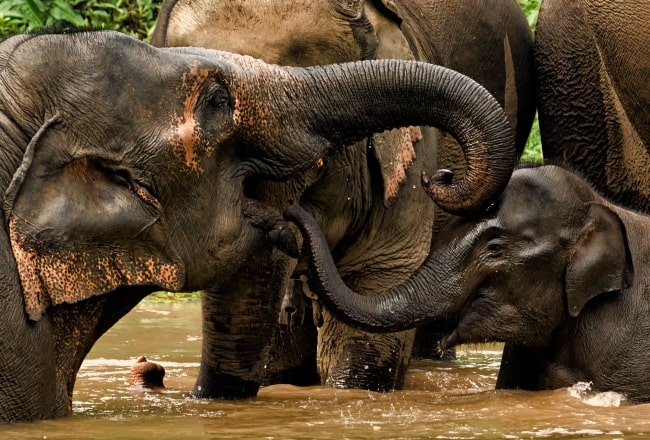
Help from above
While the center is mostly funded by visitors, it maintains a healthy relationship with the local government, Philippe says. He says it works with the Xayaboury provincial government on various projects — helping improve the local elephant festival and hosting conservation-focused events for residents, buying their supplies in town, employing mostly Laos people.
The local government has also given the conservation center much of its land, says Philippe.
"I spoke with the governor a few days ago and he said, 'If you need more [land], we can find one solution for you to increase the size, if necessary,' " Philippe says.
The national government also has a reputation of being supportive of elephant conservation efforts across Laos. Within the last 30 years, catching wild elephants and trading wildlife have been banned. Laws severely restrict the logging industry in its use of elephants.
And two years ago, when Laotian Prime Minister Thongloun Sisoulith abruptly halted the sale of 13 elephants to a safari park in Dubai, the center eventually received all of them.
Yet, despite these efforts, "if current trajectories continue there will be no elephants left in Laos by the year 2030," according to an article co-written by Chrisantha Pinto, an American biologist at the center.
Current trajectories meaning the continued rate of deforestation, habitat fragmentation, human-elephant conflict and poaching. And more recently, the concern over how a new railway being built through northern Laos by China could further affect Laos' already fragile elephant population.
"Definitely infrastructure projects should be of concern and should be developed in a sustainable manner and really taking into consideration where they're going through," says Nilanga Jayasinghe, a World Wildlife Fund program officer focusing on Asian species. She says a lot of roads and railways are built through migration corridors for animals.
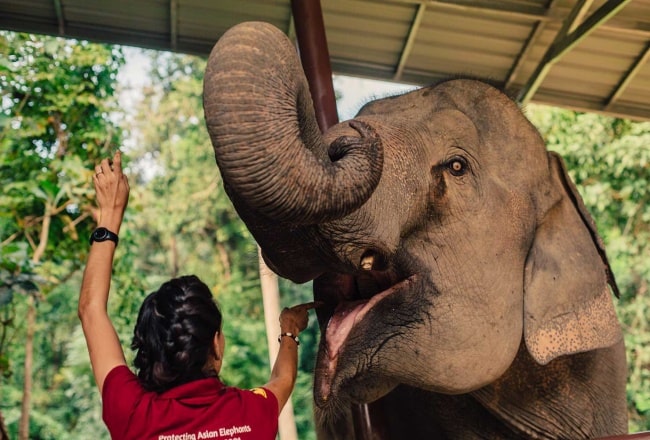
But these threats — human development, infrastructure, deforestation, better access for poachers — are not isolated to elephants in Laos. It's a problem for all of Southeast Asia, says Jayasinghe.
"Throughout the five Mekong [River] countries, a number of [elephant populations] are in steep decline," she says. "It's a pretty dire situation."
While there is significant support for elephant conservation from Southeast Asian governments because elephants are a protected species, it is difficult to assess which country in the region is doing the most, Jayasinghe says.
"Most organizations have similar challenges in elephant conservation," she says. "I think various organizations are trying and the government is invested, but it's also a matter of resources."
Here is the link to the original article


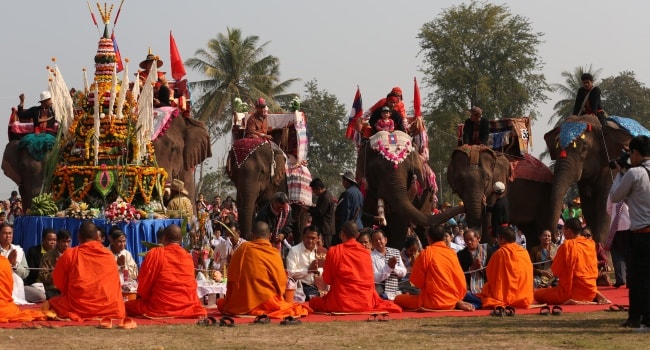

 20/12/2025
20/12/2025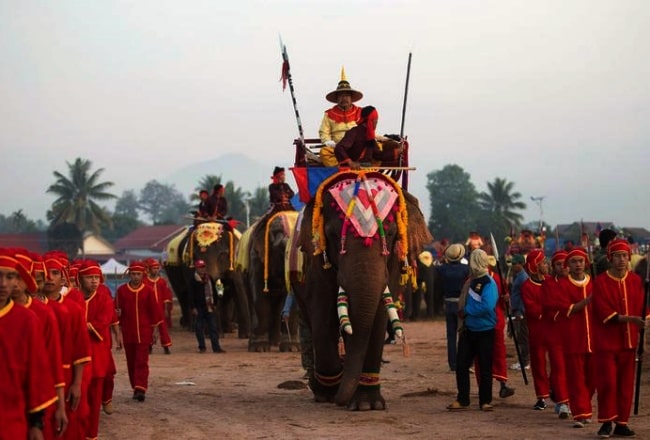
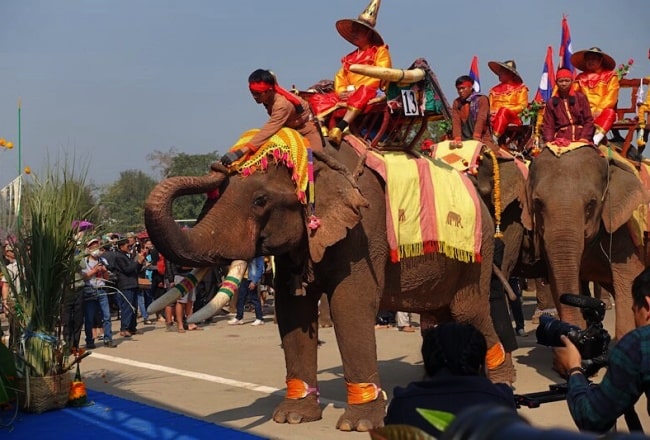
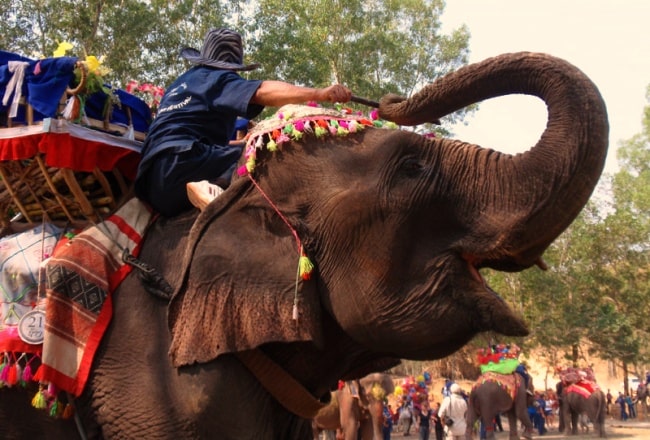
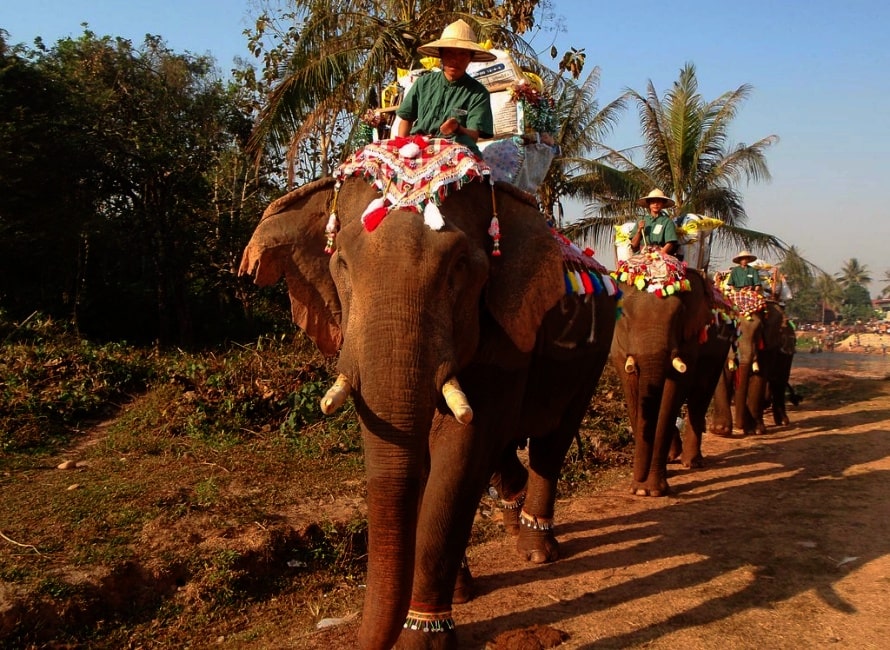
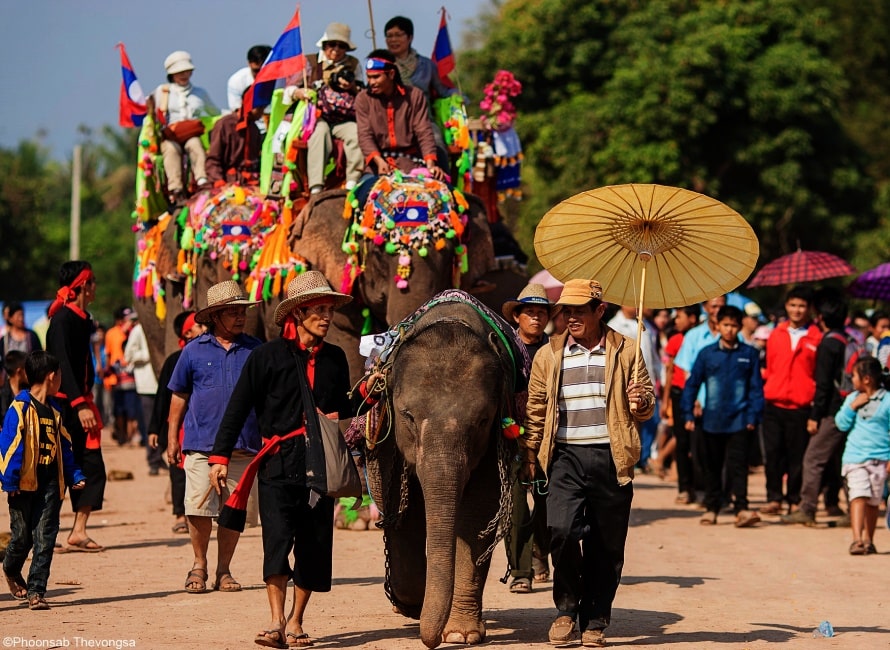
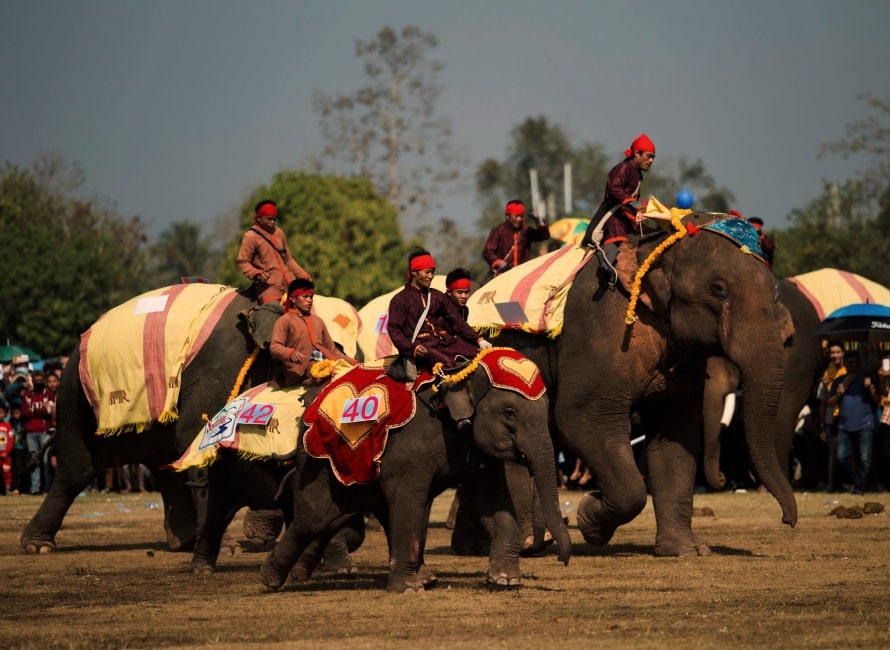
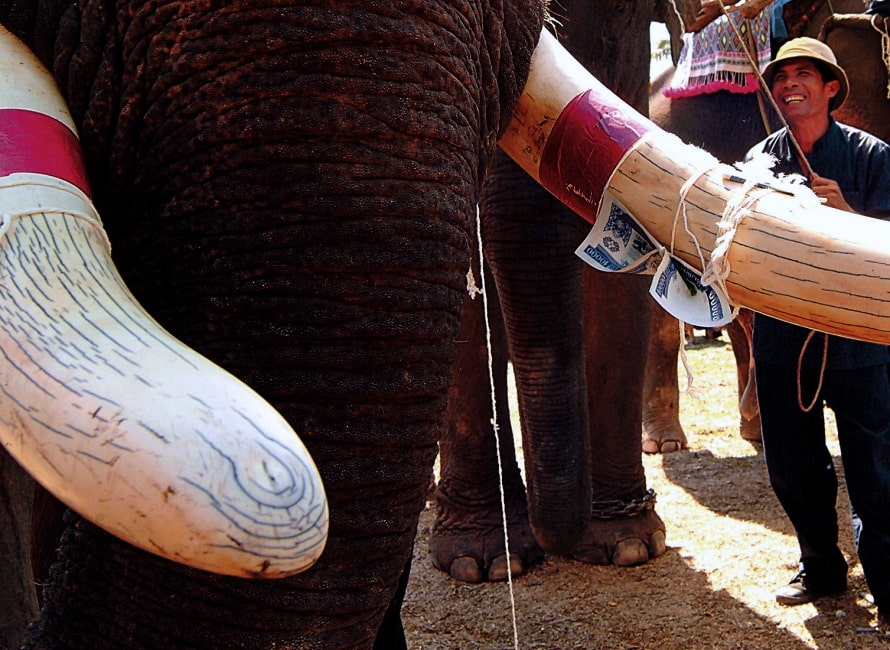
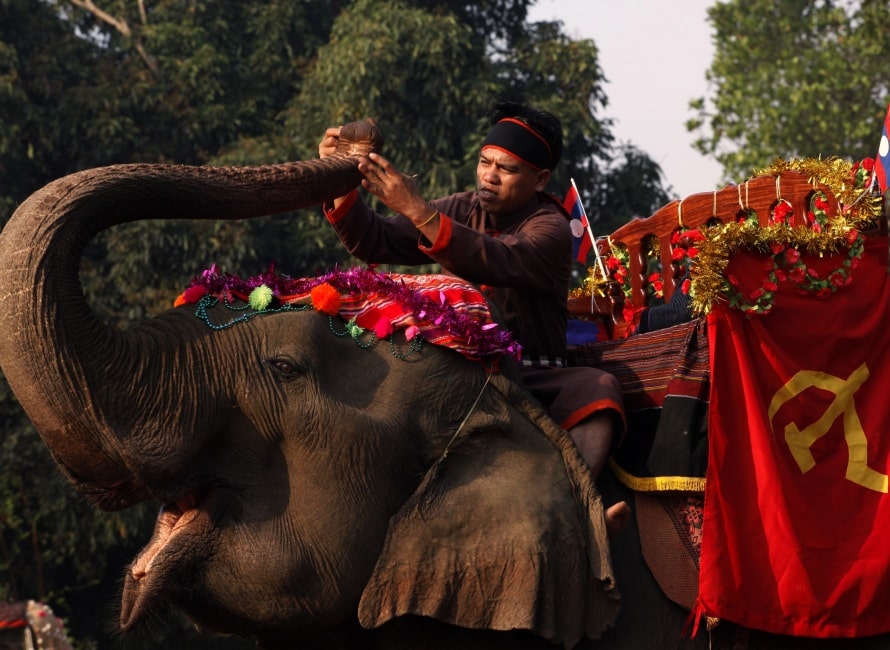
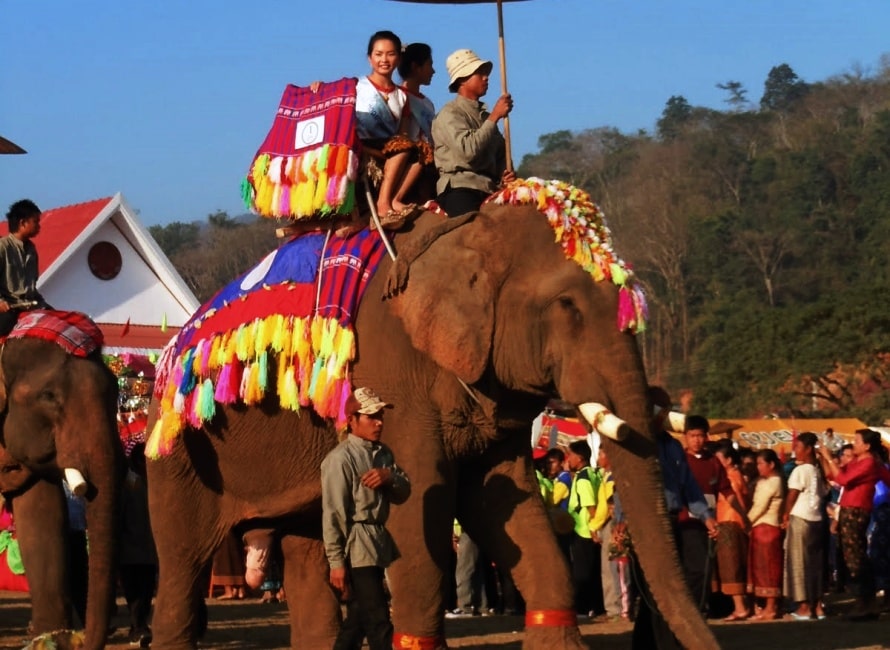
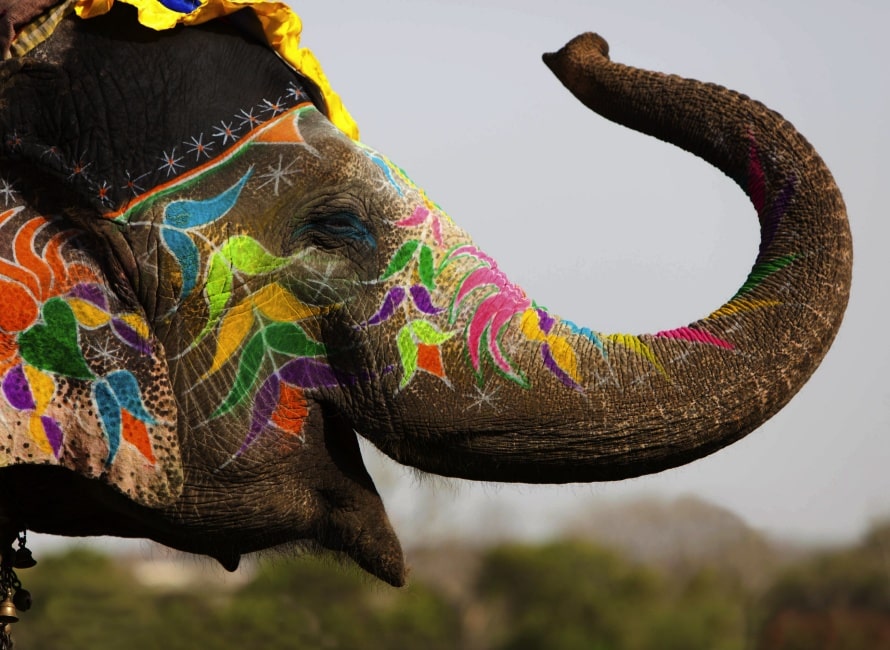
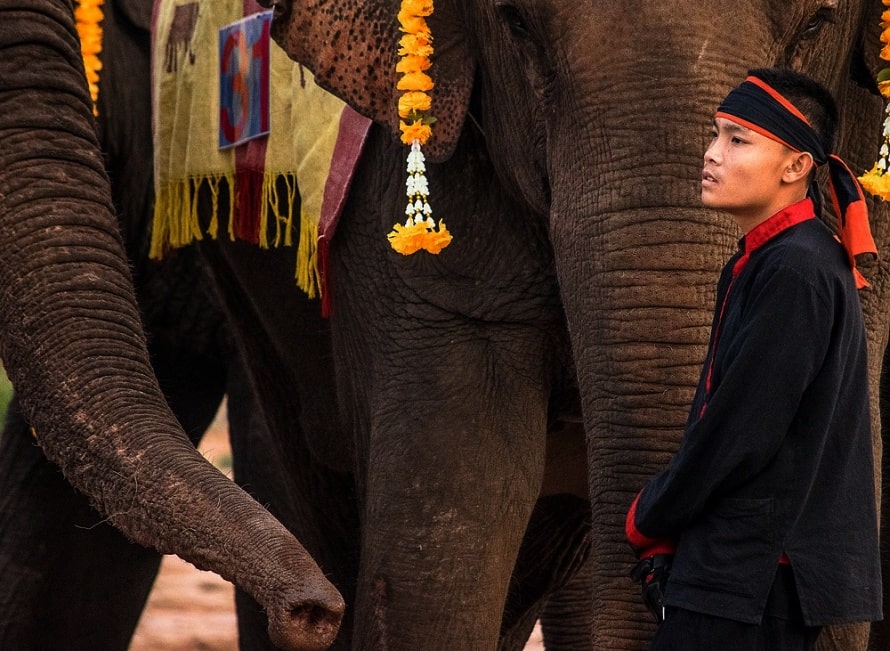
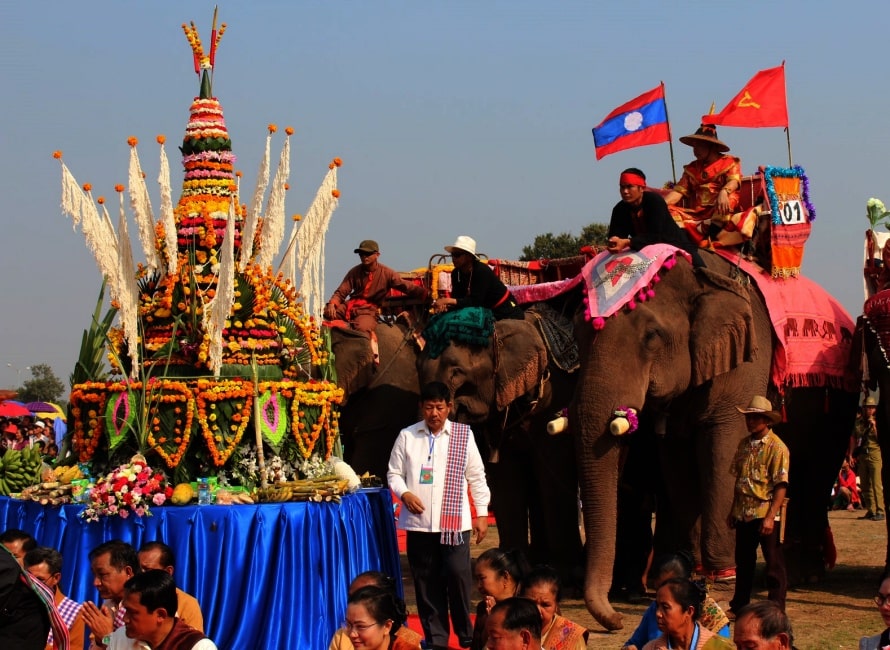




















Jolie LIEMMy name is Jolie, I am a Vietnamese girl growing up in the countryside of Hai Duong, northern Vietnam. Since a little girl, I was always dreaming of exploring the far-away lands, the unseen beauty spots of the world. My dream has been growing bigger and bigger day after day, and I do not miss a chance to make it real. After graduating from the univesity of language in Hanoi, I started the exploration with a travel agency and learning more about travel, especially responsible travel. I love experiencing the different cultures of the different lands and sharing my dream with the whole world. Hope that you love it too!